The Importance of Accurate Land Surveying Today
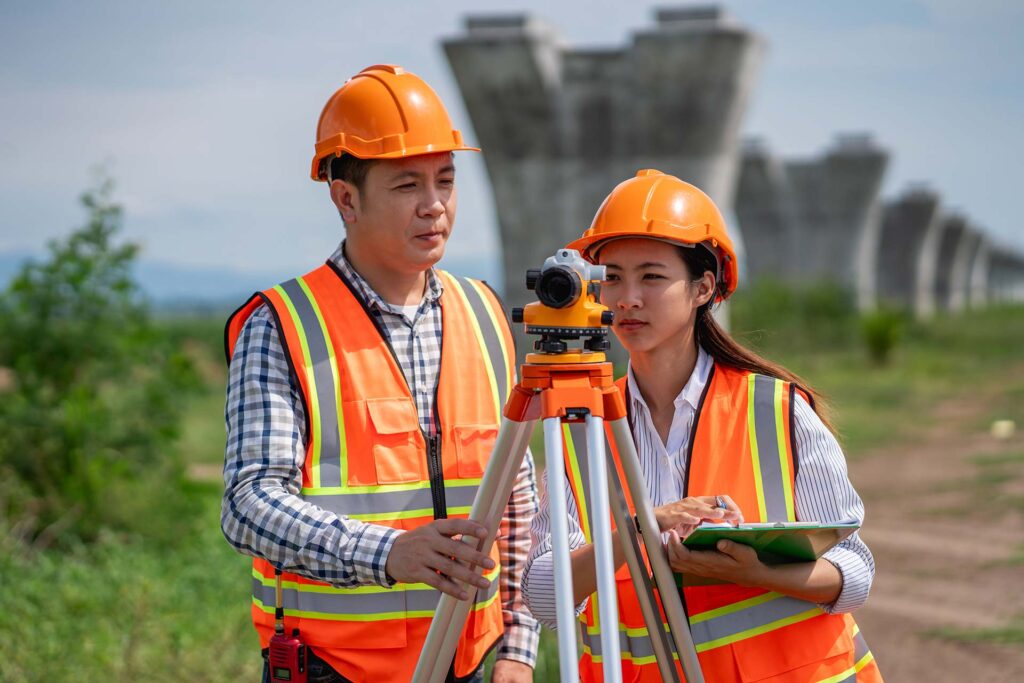
Accurate land surveying is a crucial component in modern infrastructure development. It ensures that property boundaries are correctly defined, preventing costly legal disputes. Surveying provides the foundation for construction planning, utility placement, and land division. Without accurate data, projects can suffer from delays and design errors. Land surveyors use advanced tools like GNSS and total stations to enhance precision. Developers, engineers, and homeowners rely on these measurements to build safely and efficiently. Even small miscalculations can lead to major setbacks or compliance issues. Modern surveying combines traditional methods with technology for better outcomes. From urban planning to agricultural zoning, land data plays a vital role. As development grows, the need for accuracy becomes more important than ever.
GNSS vs Total Station: Key Differences Explained
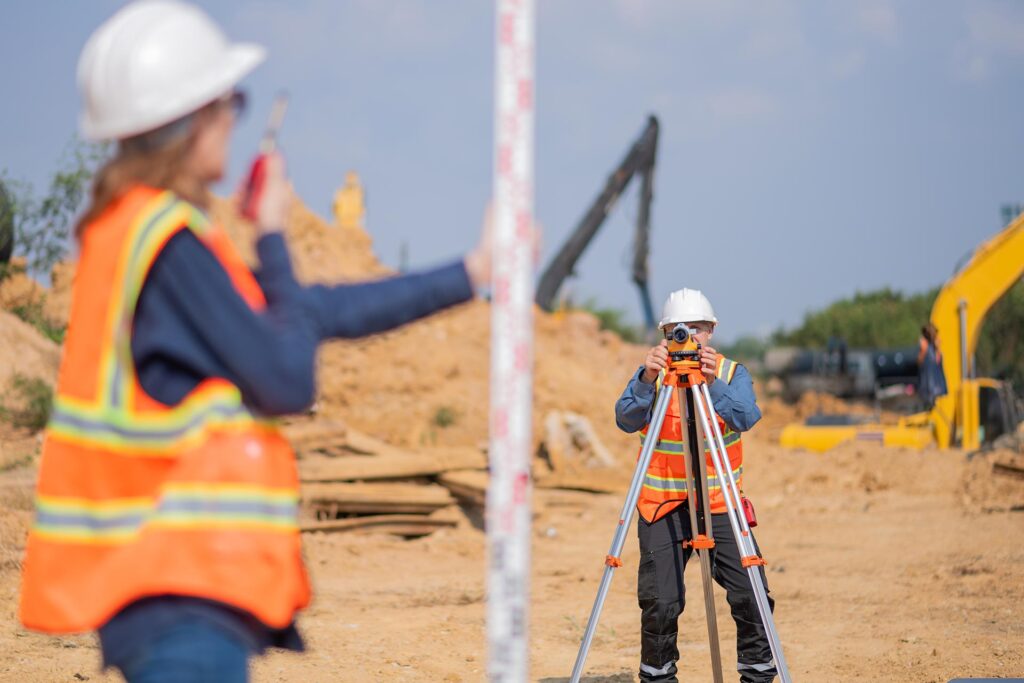
Technology has revolutionized the field of land surveying in recent years. Global Navigation Satellite Systems (GNSS) allow surveyors to capture data with centimeter-level precision. Drones offer aerial perspectives and map large areas in a fraction of the time. Total stations provide angular and distance measurements in real-time. Laser scanners produce 3D models of terrain and built environments. These tools enhance productivity and minimize human error. Data from surveys can be processed using CAD and GIS software. This integration results in detailed, layered maps for architects and engineers. Technology also makes it easier to survey remote or hazardous locations. The future of surveying will continue to rely heavily on tech innovation.
A Guide to Construction Site Staking Accuracy
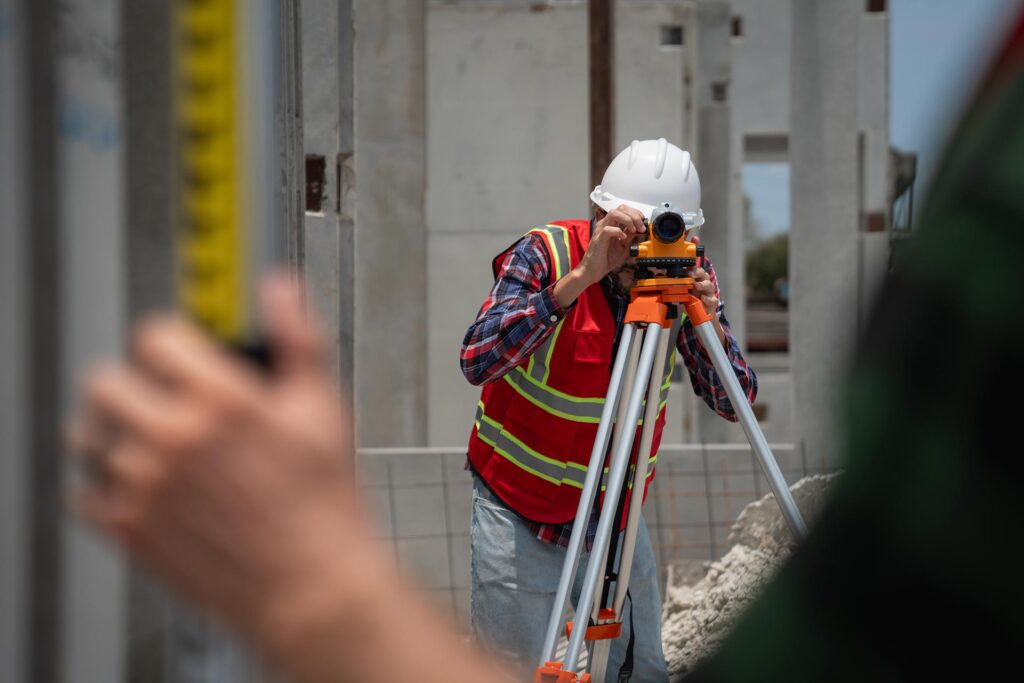
One of the main benefits of land surveying is legal clarity. It determines where your property begins and ends, which is critical for ownership. Without a proper survey, disputes between neighbors can arise over fences, driveways, or land use. Surveying also supports due diligence when buying or selling land. A certified land survey can uncover issues like encroachments or easements. Lenders and title companies often require surveys before approving loans. This step protects all parties involved in a real estate transaction. Additionally, accurate surveys ensure compliance with zoning laws and building codes. Governments use survey data for planning and infrastructure design. Land surveying acts as a legal safeguard for both private and public development.
Why Topographic Mapping Matters in Development
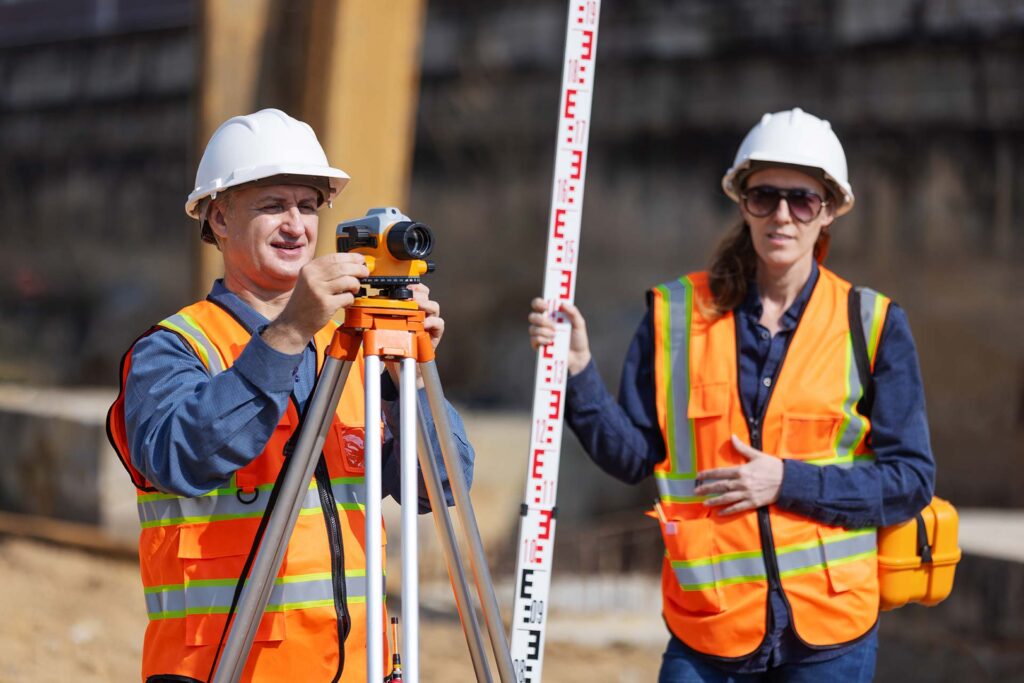
Accurate land surveying is a crucial component in modern infrastructure development. It ensures that property boundaries are correctly defined, preventing costly legal disputes. Surveying provides the foundation for construction planning, utility placement, and land division. Without accurate data, projects can suffer from delays and design errors. Land surveyors use advanced tools like GNSS and total stations to enhance precision. Developers, engineers, and homeowners rely on these measurements to build safely and efficiently. Even small miscalculations can lead to major setbacks or compliance issues. Modern surveying combines traditional methods with technology for better outcomes. From urban planning to agricultural zoning, land data plays a vital role. As development grows, the need for accuracy becomes more important than ever.
Top Mistakes in Property Boundary Surveys
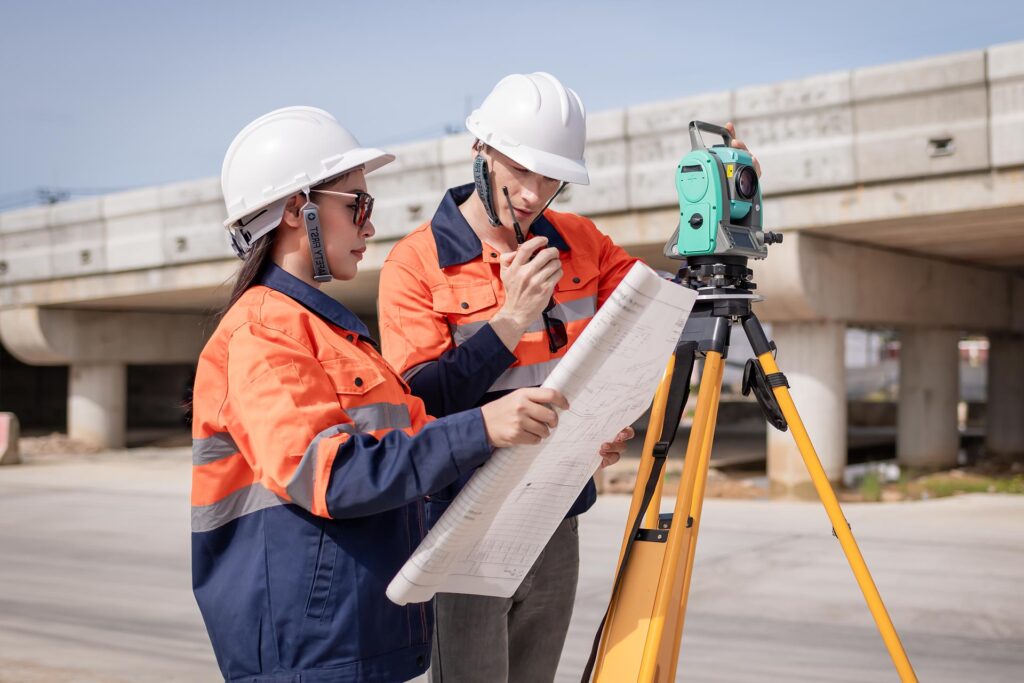
Technology has revolutionized the field of land surveying in recent years. Global Navigation Satellite Systems (GNSS) allow surveyors to capture data with centimeter-level precision. Drones offer aerial perspectives and map large areas in a fraction of the time. Total stations provide angular and distance measurements in real-time. Laser scanners produce 3D models of terrain and built environments. These tools enhance productivity and minimize human error. Data from surveys can be processed using CAD and GIS software. This integration results in detailed, layered maps for architects and engineers. Technology also makes it easier to survey remote or hazardous locations. The future of surveying will continue to rely heavily on tech innovation.
How GPS Technology Improves Surveying Precision
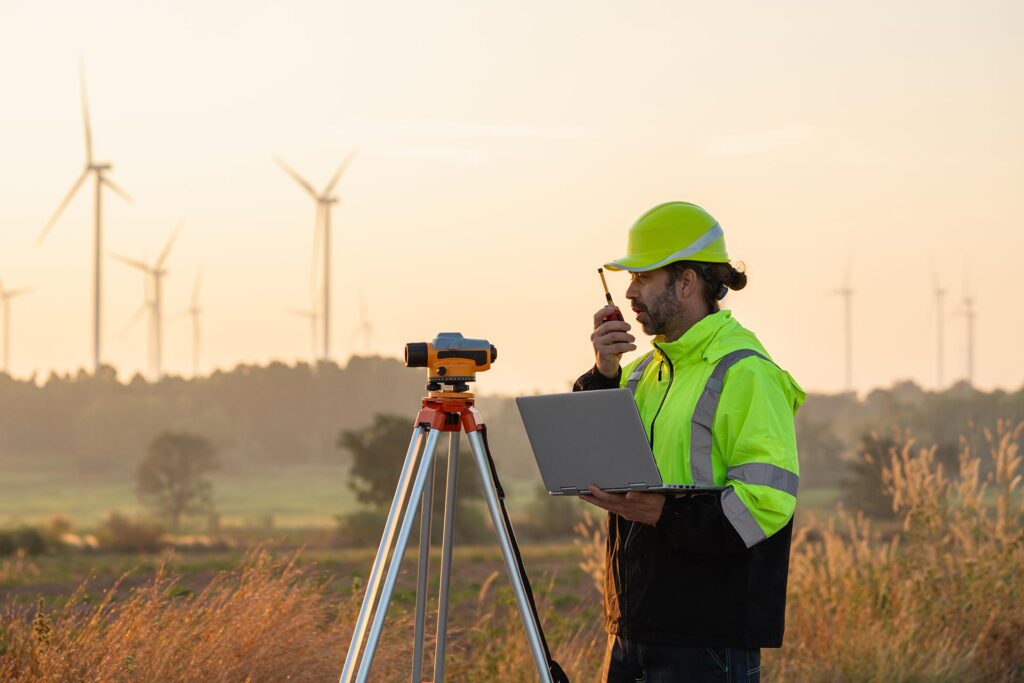
One of the main benefits of land surveying is legal clarity. It determines where your property begins and ends, which is critical for ownership. Without a proper survey, disputes between neighbors can arise over fences, driveways, or land use. Surveying also supports due diligence when buying or selling land. A certified land survey can uncover issues like encroachments or easements. Lenders and title companies often require surveys before approving loans. This step protects all parties involved in a real estate transaction. Additionally, accurate surveys ensure compliance with zoning laws and building codes. Governments use survey data for planning and infrastructure design. Land surveying acts as a legal safeguard for both private and public development.
